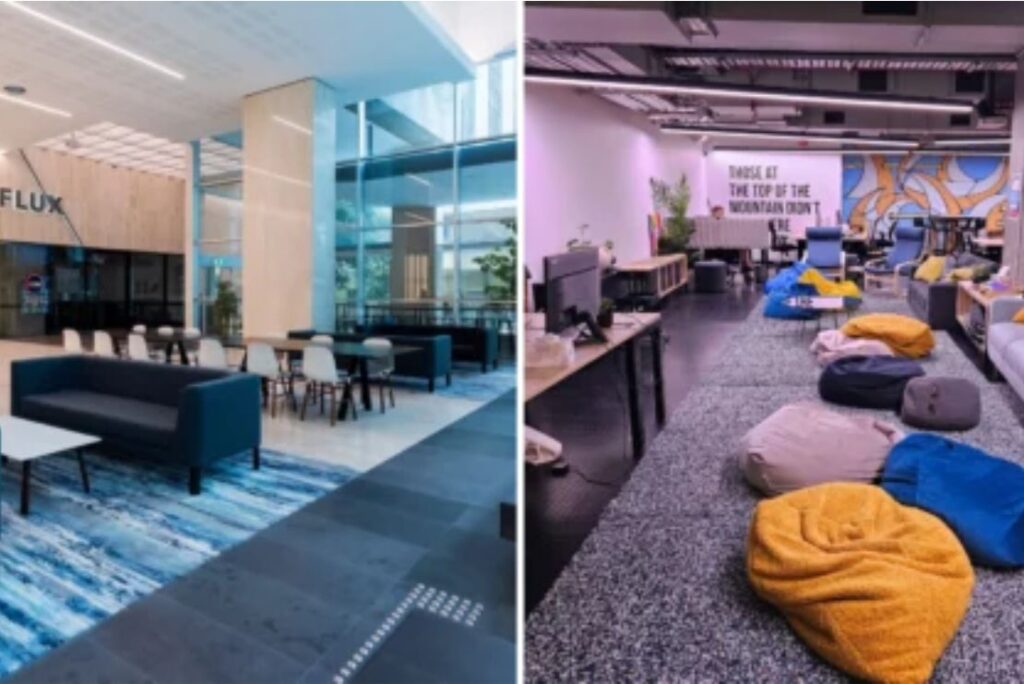Embracing Autism in the Classroom
Building on Strengths and Designing for Challenges
We’re not going to lie, we LOVE our neurospicy community at IDEA! The strengths that come from autism are immense. From out-of-the-box thinking and attention to detail, to hyperfocus, niche talents and creative problem-solving, autistic young people are an asset at to our community. Autism comes with it’s challenges as well. Challenges that can be exacerbated in a mainstream classroom setting, often manifesting as low attendance or school refusal.
We recently wrote about school refusal- link will open in a new window and the options parents and young people have available to them if mainstream school is no longer working. In this article, we want to focus on prevention, and the ways parents, young people, and educators can work together to design more inclusive learning by building on the strengths of Autism, and designing for it’s challenges.
Note: In this article we discuss learning settings appropriate for older young people aged 15 plus.
Can educators draw inspiration from employers?
Many industries and employers are now providing supported employment pathways and awareness training in an effort to create more inclusive workplaces so they can attract and retain employees with autism. In particular, these employers are recognising that the most talented employees are not necessarily sitting in at ATAR classroom. Instead, they may have taken more portfolio-based and practical pathways out of school.
Here’s just two examples of universities and employers getting inclusive pathways right:
- Dandelion Program- link will open in a new window from the Australian Federal Police
- The Autism Academy of Software Quality Assurance- link will open in a new window providing pathways to university and employment in tech, partnering with companies like BHP and Bankwest
We’re all for this at IDEA: employers recognising that with simple environmental and social accommodations they can support boss-level employees? Win-win!
“As someone with autism, I frequently question pre-existing systems, finding new and better ways to do things.” –Jamie, IDEA Student
The same isn’t always true in schools. Complexity and tradition mean it’s often a case of young people with autism needing to adjust to ‘fit in’ to a mainstream classroom. However, with school refusal on the rise, it’s never been more important to challenge fixed mindsets and ways of doing things in schools. We wonder, how can schools draw inspiration from employers and the workplace to make accommodations for young people, particularly senior secondary aged students who are at a transition point into young adulthood?
“Having a neurodivergent child has made me reflect a lot on what we need in order to learn. Obviously feeling safe is essential, but also having an environment in which the senses are not constantly being overwhelmed seems pretty darn important! I can’t imagine how hard it would be to concentrate and absorb information if I was constantly being bombarded with input from my senses – the loud noises, smells, bright lights, textures etc. For my child, I imagine it was like all of those senses were turned up to maximum every day at a regular high school . The constancy of kids yelling, smelly teenage bodies and uncomfortable chairs were all like little traumas to her body that built up to create high levels of stress and anxiety.
The recommendations from her psychologist and occupational therapist were unfortunately very challenging to instigate in a large public school. Some things that would have been extremely helpful were: permission to wear soundproof headphones at any time, access to a sensory room and a more flexible timetable.” –Marika, IDEA Parent
3 Ways Learning Environments Can Support Autistic Learners:
In a mainstream school setting, it can be incredibly hard to tailor a program and classroom space to meet the needs of 25+ learners at a time. Curriculum demands, administrative requirements and the sheer complexity of managing the educational, social, and emotional needs of young learners mean that there is little time to consider individual needs moment-to-moment.
At IDEA, reframing the classroom as a ‘co-working’ space has helped us to build our design playbook and articulate what is appropriate in our learning spaces. A great starting point in this process is to check out co-working spaces like Spacecubed- link will open in a new window and Wotso- link will open in a new window for inspiration. Head to a co-working space to observe what happens there and see how the people work and interact. Here’s how we’re building a collaborative, co-working space culture into the DNA of IDEA:
Adaptability: Adaptability is key in supporting not only those with ASD, but all learners. Adaptability in experience design can take many forms:
- Adaptability in how students engage. We provide multiple ways for students to engage in our content including online, in person, in groups, and individually.
- Adaptability in when students engage. If a student is in creative flow, or an emotional funk, we provide an option for them to sit out an activity.
- Adaptability in context. Finding an interest to guide project development is key at IDEA, and that can take time. Having students working on a range of project contexts from business and tech, to arts and social science can be tricky to manage, but the benefits it brings in terms of that young person’s intrinsic motivation, far outweigh the challenges.
“I love when our autistic students challenge us to walk the walk with our value of “adaptability”. They push us to question the rationale behind our space and program design. It leads to a relentless focus on supporting the individual; letting go of what might feel comfortable to staff, but isn’t serving students.” –Bec, IDEA team
Sensory-Friendly Spaces: Creating learning environments that are sensory-friendly and minimise distractions is step one. This may include:
- adjustable lighting;
- allowing noise-cancelling headphones;
- allowing fidget tools; and
- having designated quiet areas where students can take breaks when needed.
The second step in designing sensory-friendly spaces is giving students the freedom to utilise the space as needed throughout the day. At IDEA, we encourage students to move and work in response to their needs. A key component of this is learning to recognise their needs and communicate these to staff and students so we are all involved in creating an inclusive space.
“For us, allowing use of headphones and fidget tools are small steps we can take for a big impact to promote inclusivity. Students are taught to manage and communicate their needs in a way that keeps staff and other students in the loop. They know that there are times we’ll need their full attention/collaboration, and that becomes achievable when they feel in charge of their environment. That’s how it would be in a regular workplace!” –Andy, IDEA team
Promote Self-Advocacy and Support Services: At IDEA, learning to self-advocate is something we prioritise with all students. For Autistic learners this means learning to communicate their needs and access support services available to them, without fear of judgement. Where communication might be challenging, there are other ways we can encourage self-advocacy and support including:
- regularly communicating how students can use our spaces i.e using headphones, moving to quiet zones;
- providing information about additional supports e.g. counselling services, peer support groups, mentor check-ins;
- offering ‘work-from-home’ days and flexible start and finish times;
- agreeing on non-verbal cues that can be used to indicate when support is needed; and
- demonstrating adaptability in program delivery so students don’t feel that they might fall behind if they take a break.
By empowering students to seek assistance and communicate their needs (verbally and non-verbally), educators can foster self-confidence and resilience in autistic learners.
Conclusion:
At IDEAcademy, we celebrate the unique strengths and contributions of autistic young people in our community. By embracing difference and implementing inclusive practices, we can create spaces where all students feel valued, supported, and empowered to thrive.



